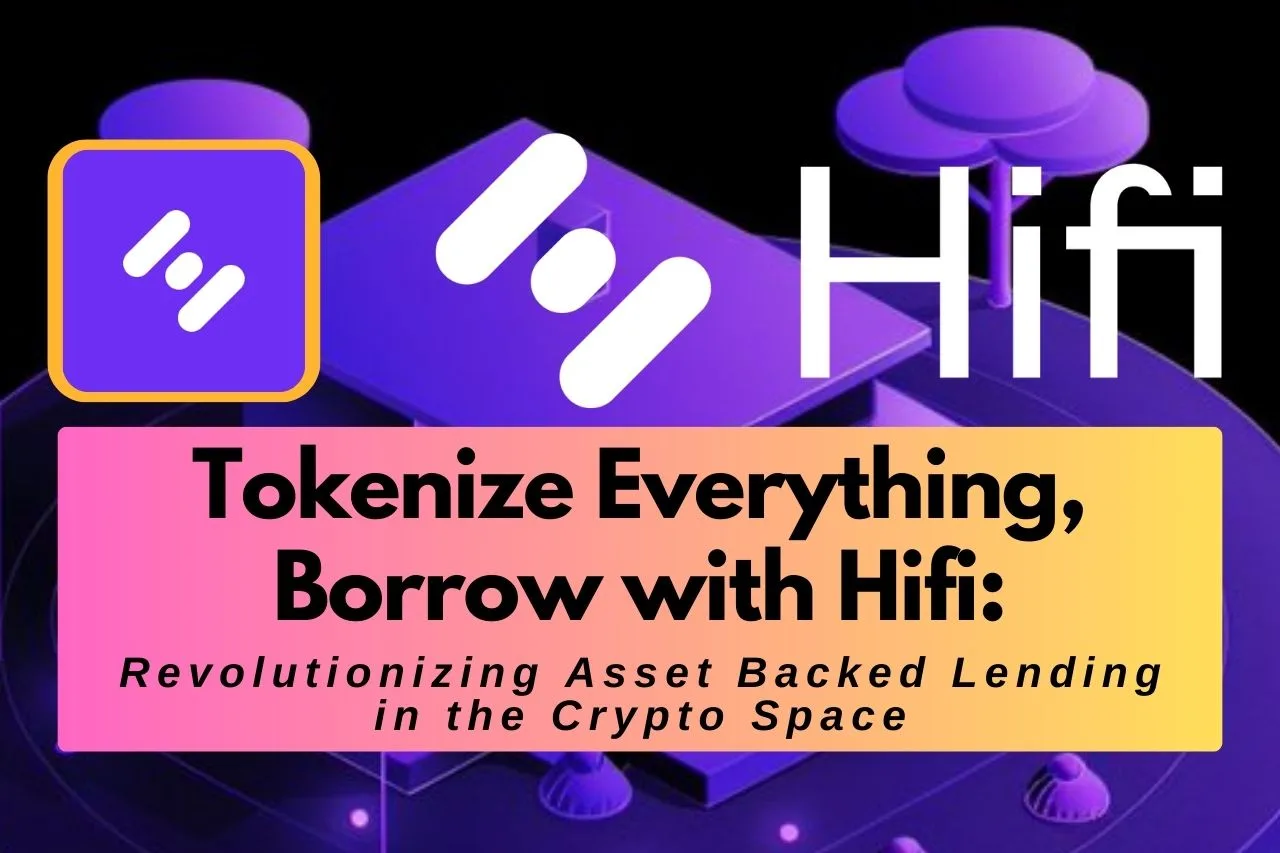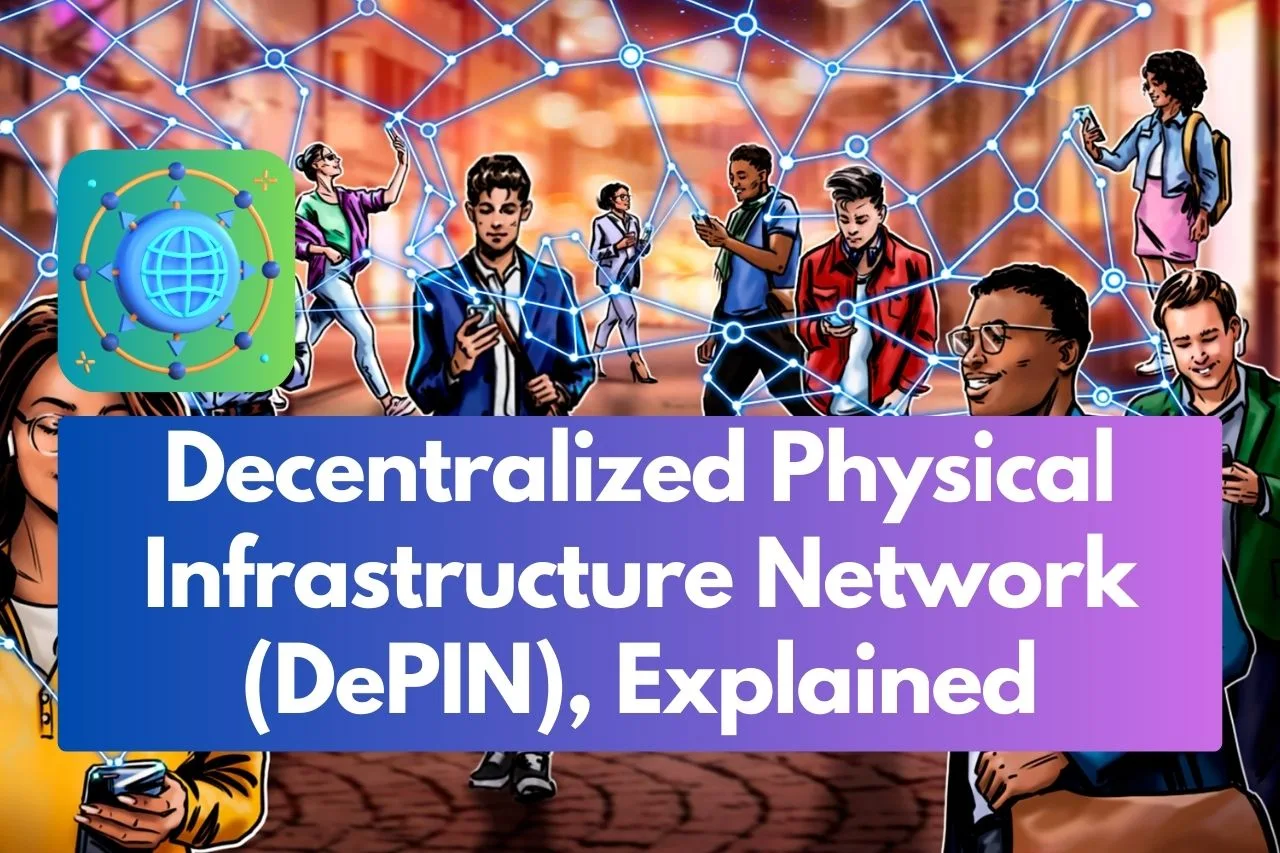A Comprehensive Guide to Crypto, Blockchain, Web3, and NFTs for Beginners 🚀

Welcome to the world of digital innovation! In this comprehensive guide, I’ll delve into the exciting realms of crypto, blockchain, Web3, and NFTs, demystifying the concepts and technologies that are shaping the future of finance, art, and more. Whether you’re a high school student or an aspiring tech enthusiast, this guide is designed to be engaging, elaborative, and straightforward, suitable for readers at a Grade 9 level. So, let’s dive in! 🌊
Understanding Cryptocurrency 💰
Cryptocurrency is a digital or virtual form of currency that uses cryptography for security. It operates independently of central banks and governments, making it a decentralized form of finance. The most famous cryptocurrency is Bitcoin, but there are thousands of other digital currencies available.
How Does Cryptocurrency Work?
Cryptocurrencies rely on a technology called blockchain, which we will explore in more detail later. Transactions are recorded in a public ledger, and the process of verifying these transactions is called mining. Cryptocurrency miners use powerful computers to solve complex mathematical problems, which help confirm and record transactions. In return for their work, miners are rewarded with newly created cryptocurrency.
Benefits of Cryptocurrency
- Decentralization: Cryptocurrencies are not controlled by any central authority, reducing the risk of manipulation and corruption.
- Security: Cryptography makes it extremely difficult for hackers to manipulate transactions or steal funds.
- Privacy: Many cryptocurrencies offer a degree of privacy, allowing users to protect their identity.
- Accessibility: Cryptocurrencies can be used by anyone with internet access, offering financial services to unbanked populations.
Exploring Blockchain Technology 🔗
Blockchain is the underlying technology that powers cryptocurrencies. It is a decentralized, distributed ledger that records transactions across a network of computers. Transactions are grouped into blocks, which are then linked together in a chain.
How Does Blockchain Work?
When a new transaction occurs, it is broadcast to the network of computers (nodes). These nodes then work together to validate the transaction using consensus algorithms. Once the transaction is validated, it is added to a block. When a block is full, it is linked to the previous block in the chain, creating a secure and tamper-resistant record of all transactions.
Applications of Blockchain Technology
While blockchain is most commonly associated with cryptocurrencies, its potential applications extend far beyond finance:
- Supply Chain Management: Blockchain can improve transparency and traceability, allowing companies to track products from source to consumer.
- Voting Systems: Blockchain can create secure and tamper-proof voting systems, reducing the risk of fraud and manipulation.
- Smart Contracts: These are self-executing contracts with the terms directly written into the code, enabling trustless transactions between parties.
Web3: The Decentralized Internet 🕸
Web3 is an emerging vision for a decentralized internet, built on blockchain technology. It aims to create a more open, secure, and user-centric digital world, where users have control over their data and assets.
How Does Web3 Work?
Web3 relies on decentralized networks, such as Ethereum, to create a new kind of internet infrastructure. Users interact with decentralized applications (dApps) built on these networks, allowing them to perform actions like buying and selling digital assets, participating in decentralized finance, and engaging with social media platforms.
The Role of Decentralized Identifiers (DIDs)
A key aspect of Web3 is the concept of Decentralized Identifiers (DIDs), which provide users with a digital identity that they own and control. This enables users to manage their data, privacy, and digital assets without relying on centralized platforms or intermediaries.
Navigating the World of NFTs 🎨
Non-Fungible Tokens (NFTs) are unique digital assets that represent ownership of a specific item or piece of content, such as digital art, collectibles, or virtual real estate. NFTs are built on blockchain technology, ensuring the authenticity and scarcity of these digital assets.
How Do NFTs Work?
NFTs are created using smart contracts on blockchain platforms like Ethereum. When an NFT is created, the smart contract assigns a unique identifier to the asset, which is then recorded on the blockchain. This ensures that the asset is provably rare and authentic, as the blockchain provides a transparent and tamper-proof record of ownership.
Applications and Use Cases for NFTs
NFTs have a wide range of applications, from digital art and collectibles to virtual real estate and gaming assets. Some popular use cases include:
- Digital Art: Artists can create and sell one-of-a-kind digital art pieces, with NFTs providing proof of authenticity and ownership.
- Virtual Real Estate: NFTs can represent ownership of virtual land in metaverse platforms, allowing users to buy, sell, and develop digital properties.
- Gaming Assets: In-game items, characters, and skins can be represented by NFTs, enabling players to buy, sell, and trade digital assets across different gaming platforms.
FAQ: Frequently Asked Questions ❓
Q: How do I get started with cryptocurrency?
A: To start using cryptocurrency, you’ll need a digital wallet to store your coins, as well as an account on a cryptocurrency exchange to buy and sell digital currencies.
Q: Can I make money with cryptocurrency?
A: While some people have made significant profits by trading or investing in cryptocurrencies, it is important to understand that the market can be volatile, and there are risks involved. Always do your own research and only invest what you can afford to lose.
Q: Are NFTs and cryptocurrencies the same thing?
A: While both NFTs and cryptocurrencies are digital assets built on blockchain technology, they serve different purposes. Cryptocurrencies are used as a medium of exchange, while NFTs represent ownership of unique digital items or content.
Conclusion and Next Steps 🔮
As I’ve explored in this guide, cryptocurrency, blockchain, Web3, and NFTs are exciting and transformative technologies that are reshaping the way we interact with finance, art, and the internet itself. With a solid understanding of these concepts, you’re well-equipped to explore the world of digital innovation and seize the opportunities it presents. So, keep learning, stay curious, and embrace the future! 🌟



